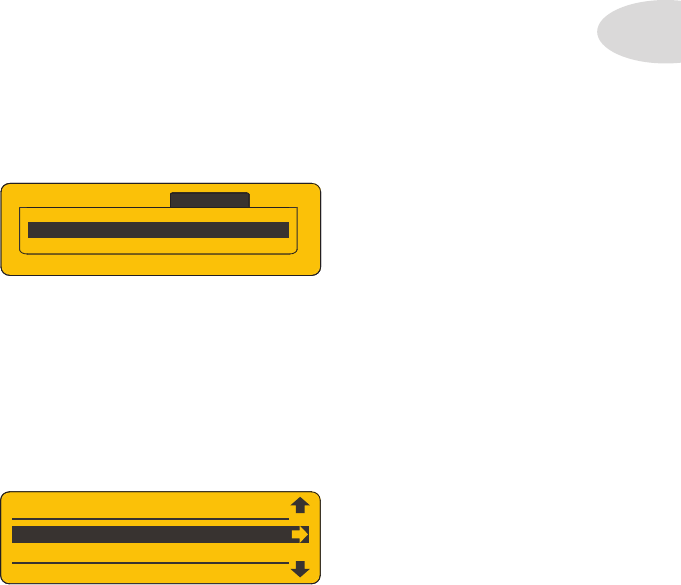
Workflow
4•1
Wo r k F l o W
There are many ways to work with Spider Jam. You may want to use only the guitar Amp
Models and FX while jamming to a Song. Or you may want to record and overdub complex
loops, with or without a reference Drum track, or create your own custom loops.
When recording, you’ll want to develop an efficient workflow to keep your recordings
backed up and organized as you go. You should also keep in mind that Spider Jam has
limited memory, so it’s best to avoid filling it up. The key is to backup to SD card often.
As described in Chapter 1, if you follow a few simple guidelines, it’s easy to keep organized.
Start out with a clean SD card, back up often, and keep the Spider Jam’s internal memory
as free as possible. With that in mind, let’s review a few of the basics:
Recording
You can either record to a Drum or Song loop, or record in free time. As described in the
Pilot’s Handbook, to create a Drum loop, select the Drums tab, load a Drum track, then
press REC. Press STOP after 4 bars, for example. You’ll be automatically taken to the
Recordings tab. From there, simply press REC again to begin overdubbing. If you’d like
to record in free time instead, select the Recordings tab and you’ll see this screen:
From here, just press REC and play guitar. When you’re done, press STOP. Your end-
point will be set and your guitar track will loop accordingly. For groove-based loops it’s
usually best to use a Drum track as a time reference, which you can always mute later on.
Saving
If you like the track you just recorded, you’ll want it save it. Press the SAVE button and
navigate to Save Recording To Internal. Press R Arrow, name your track and save it.
Your track will be saved to Spider Jam’s internal memory, ready for overdubs.
Ready To Record
RE
RDIN
S
VE RECORDING TO INTERN
L
